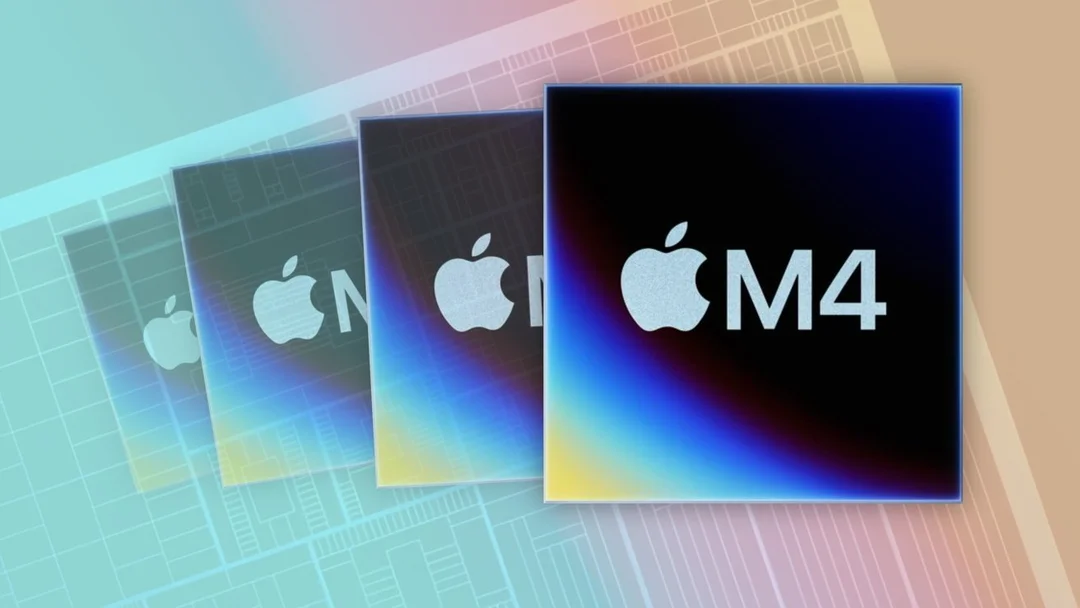
Apple Watch Celebrates 10 Years: How It Revolutionized Health Tracking
The Apple Watch is celebrating its 10th anniversary, marking a decade of innovation that has fundamentally changed how we approach personal health tracking. Introduced in 2015, the Apple Watch quickly evolved from a stylish accessory to a vital tool for monitoring and improving well-being. From its humble beginnings to its current status as a dominant player in the wearable tech market, the Apple Watch has consistently pushed boundaries, setting new standards for what a smartwatch can do.

Tim Cook believes Apple's most significant contributions will stem from healthcare advancements, a vision realized most notably through the Apple Watch. Here are some of the features defining its decade-long impact:
Closing Rings: What started as a simple motivational tool to "close your rings" has become a fitness mantra. The Move, Stand, and Exercise rings provide an intuitive visual representation of daily activity, encouraging users to stay active. Studies even show that consistently closing rings can improve sleep and reduce stress.
ECG and Atrial Fibrillation Detection: The Apple Watch Series 4's ECG app, launched in 2018, was groundbreaking, offering the first direct-to-consumer electrocardiogram from the wrist. This made early detection of atrial fibrillation possible, allowing users to manage irregular heart rhythms proactively. Apple's collaboration with the FDA paved the way for this innovative feature.
Emergency SOS and Fall Detection: These features are genuine lifesavers. Emergency SOS allows users to quickly call for help during accidents, automatically sharing their location with emergency services and contacts. Fall Detection, frequently praised by users, detects severe falls and automatically contacts emergency services if the user is unresponsive.
One Reddit user recounted how their Apple Watch detected a fall in a parking lot, leading to the discovery of blood clots in their lungs. Doctors credited the watch with saving their life.
Sleep Apnea Detection: The Apple Watch Series 10 and Ultra Watch 2 have introduced FDA-cleared Sleep Apnea Detection, making it easier for users to diagnose this often-undetected condition. The watch monitors sleep over a 30-day period, alerting users to irregular breathing patterns.
Research App and Vitals: The Research app allows users to participate in medical studies, fueling further development of features like the Vitals app. This native sleep monitoring app alerts users to abnormal ranges in sleep duration, wrist temperature, respiratory rate, and heart rate, providing early warnings of potential illnesses.
Training Load: The Apple Watch is not just for casual fitness enthusiasts. Features like training load guide athletes through strain, recovery, and strength-building, providing feedback on workout intensity and progress. The Apple Watch Ultra 2 can even detect when a run is on a track and measure performance by lane.
Apple Pay: Apple Pay revolutionized how we make transactions, allowing users to store their credit cards and other essential information directly on their wrist for convenient access.
Crash Detection: Mirroring Fall Detection, Crash Detection automatically calls emergency services when the watch detects a car accident, adding another layer of safety for users.
From fitness motivation to life-saving health monitoring, the Apple Watch has redefined what a smartwatch can achieve. Its continuous innovation and user-friendly approach have solidified its place as a leader in wearable technology. What advancements will the next 10 years bring? Share your thoughts and experiences with the Apple Watch in the comments below!